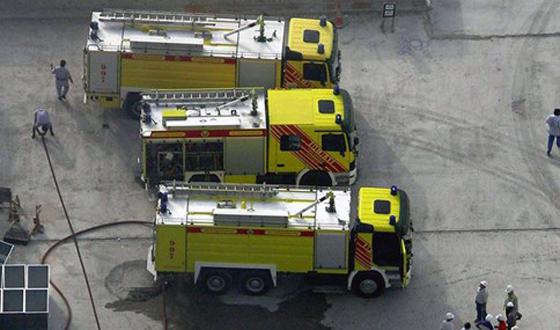The Middle East fire protection systems market is witnessing double-digit growth, driven by growing construction activities, technology innovation, and accelerated fire protection spending.
The introduction of unified building codes mandated by local authorities has further pushed the demand for fire protection products in the region, according to a new report by Frost & Sullivan.
The fiercely competitive market has forced suppliers to embrace smart, integrated, digitally intelligent devices and solutions; collaborate with industry stakeholders; and become top product service quality providers.
“Rising interest and investment in smart and safe city initiatives in the UAE, Qatar, and Abu Dhabi will further boost demand for fire protection products said,” automatic identification & security research analyst, Sagarina Rai.
The Middle East Fire Protection Market, Forecast to 2021, finds that the Middle East fire protection market is estimated to grow at a compound annual growth rate (CAGR) of 12.2% from a market size of $2.21bn in 2015 to $4.40bn in 2021, making it one of the largest fire protection markets in the world.
Market share and competitive analysis of major players, such as Tyco, UTC, NAAFCO, SFFECO, Honeywell International, Siemens AG, GSS Systems, and FIKE are also provided.
“The biggest challenge for the fire protection systems market in the Middle East remains heavy research and development (R&D) cost to design fire detection equipment and suppression systems for each industrial vertical,” said Rai.
“Furthermore, as the region faces extreme weather conditions, designing and manufacturing geography-specific fire protection systems increases R&D expenditure and makes market entry difficult for new participants.”
“While manufacturers are committed to acquiring the latest technology and adding new features, innovations in manufacturing technology can help reduce product costs and lead to greater adoption, providing a boost to market growth.”
Construction Week
























































